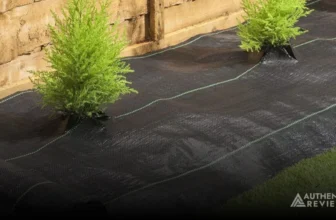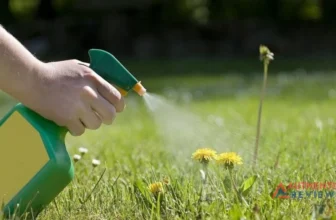Best Soils For Monstera to Grow Healthy & Flourish
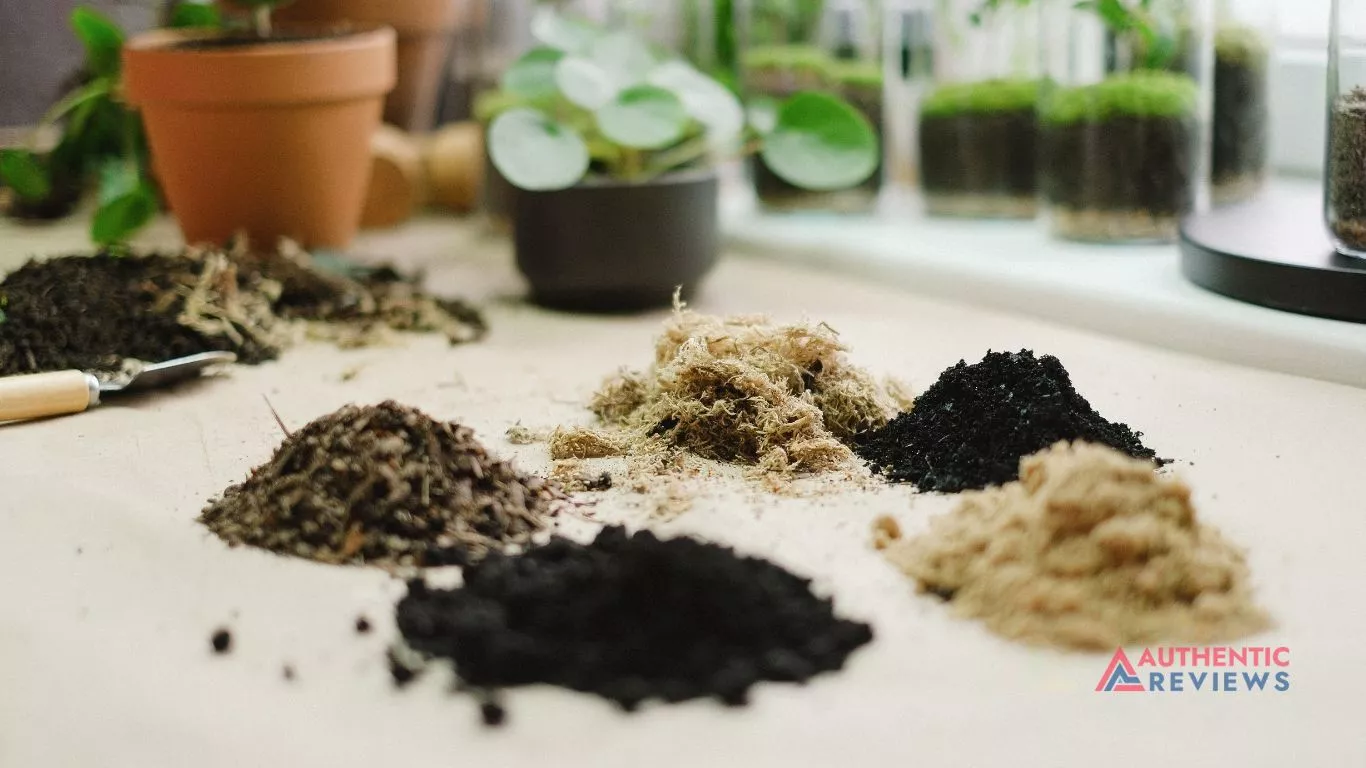
Plants are not just decorations. They purify the air in your home. Monstera deliciosa, also known as the Swiss cheese plant, is a fast-growing vine with large, oblong leaves. This plant has become very popular in recent years due to its striking appearance and ease of care.
Monstera can grow on anything, like an epiphyte (which means it does not require soil); however, its growth rate is faster when it gets support from soil. The best soil for Monstera deliciosa should be aerated, moisture-retentive, and yet able to drain water quickly.
Read also about the Brush killers for lawn
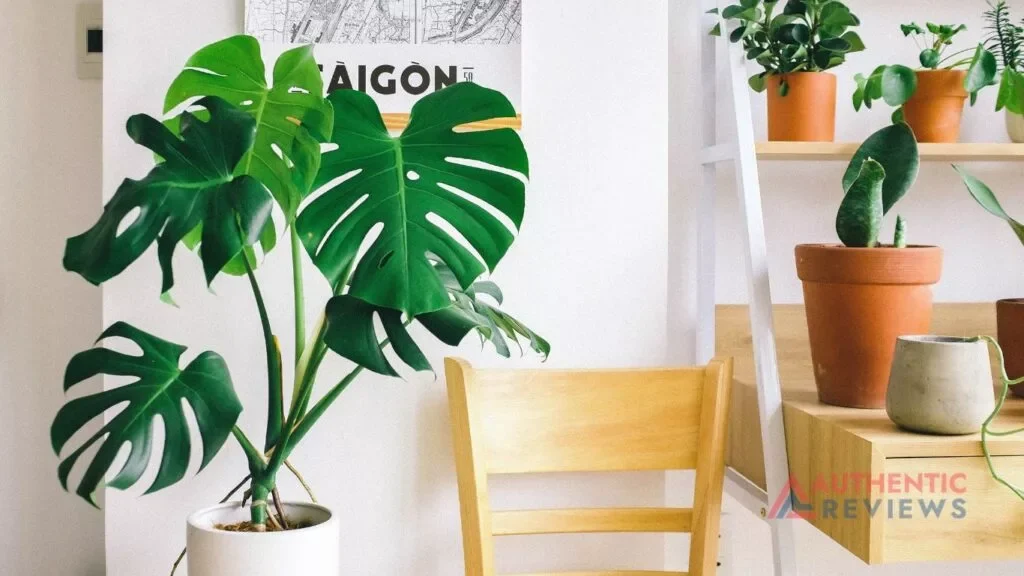
Composition of good soils for Monstera
- What is a good potting soil mixture for Monstera soil? A high water-holding capacity makes all the difference in Monstera culture. The mixture of soil for Monstera should hold at least 50% of its volume in water so it does not dry out completely between thorough waterings every week or two.
- An airy mixture that provides good drainage is very important since Monstera roots do not like to be too wet and will rot if they stay constantly wet.
- Organic components such as leaf mold, peat moss, or compost provide nutrients and help maintain high humidity for this tropical plant. Still, the main nutrient Monstera requires is nitrogen, which synthetic fertilizers provide readily.
- Other organic components beneficial for Monstera are shredded sphagnum moss or perlite, which compose the best soil for Monstera deliciosa.
- Granite chips are an excellent addition to the best indoor soil mix because they are very porous and enable excess water to drain quickly away from the roots of Monstera deliciosa.
PROPERTIES OF THE BEST SOIL FOR PHILODENDRON MONSTERA
Here are some properties that you can find in the best soil for Monstera.
Nutrient-Rich, moisture-retentive Soil
The majority of the potting mixture ratio consists of soil. It provides anchorage for plants and nutrients, as well as moisture and oxygen to feed them. A typical potting mix ratio is equal parts (by volume) peat moss and coarse sand or perlite (small pieces of Styrofoam). They hold moisture and provide air spaces in the soil.
Ph Level in Soil Recipe for Monstera Potting Mix
The pH level of a standard Monstera deliciosa soil mix is about 6 to 6.5 (slightly acidic). This suits most plants, but if your Monstera deliciosa becomes too yellow, you may want to lower the pH in the soil by adding aluminum sulfate or sulfur to the soil. Acidifying the soil with aluminum sulfate will also make Monstera deliciosa more resistant to attack by spider mites (reducing the number of spider mites and making them weaker) and may discourage other pests as well.
Peat moss can be used as an alternative since it acidifies Monstera deliciosa soil naturally over time as it breaks down. It also holds water well and provides aeration for roots, but it breaks down quickly, so it must be replaced periodically. Perlite is less acidic than sand, does a good job of aerating the monstera potting soil, and provides a lot of water-holding capacity.
Well-Drained Soils Mix for Monstera Deliciosa
Make sure to use moist soil for Monstera deliciosa. If the potting mix becomes soggy after watering, add more sand or perlite to increase drainage and aeration. An alternative is to put in a layer (1″ to 2″ high) of coarse gravel in the bottom of the pot and put the potting mix on top of that. Then, every time you water your Monstera plant soil, excess water will drain down through the gravel and out of a drainage hole in the bottom of the pot.
Aeration
It also provides aeration to the roots by mixing coarse sand with peat moss. Air spaces allow oxygen to filter into the soil, which promotes good root growth. If your Monstera deliciosa becomes wilted, check first to see if its roots are drowning in excess water; otherwise, its lack of a deep, fibrous root system may be the reason it wilts.
Monstera deliciosa has been called `living fossils’ because they have been around for so long. They are climbers and will need something to climb on. Rattan’s palm is a good choice as it can tolerate pot culture and has nutrient-rich fruits that Monstera deliciosa likes to climb and dangle from. They will also grow well with other species of Monstera, Philodendron, and Pothos vines.
INDOOR GARDENING TIPS ON HOW TO MAKE WELL DRAINING POTTING SOIL
Do you know how to make sure your indoor plants thrive? Here are a few things to keep in mind when preparing the soil for the Monstera plant.
I) Plants Die From Too Much Moisture In The Soil
The soil mix for Monstera must be watered thoroughly, but watering should not be done too frequently because the roots may rot in excessively wet soil. When plants become root-bound and pot-bound, they require frequent watering because their roots have filled all available space in the containers. But well before roots fill a container, Monstera deliciosa will decline if the indoor soil mix is kept constantly wet.
The top of the potting mix for Monstera should be allowed to dry slightly before watering, and then you should water thoroughly (to the point of runoff) until some water drains out of the bottom of the container. To avoid over-watering your monstera soil mix, wait another day or two and then water again. If you water daily, the soil mix for houseplants will never dry out and may remain soggy.
II) Dry Soils For Monstera Deliciciosa are Havoc
When potting soil mixtures for indoor plants, remember that the top of the mixture dries out between waterings every week or two. The best time to check for dryness is when they are not growing, during the winter months. Water is only enough to keep them from wilting or dropping leaves. If you have poor drainage, put some gravel or small stones in the bottom of the pot before adding your soil mixture so excess water can drain out more easily.
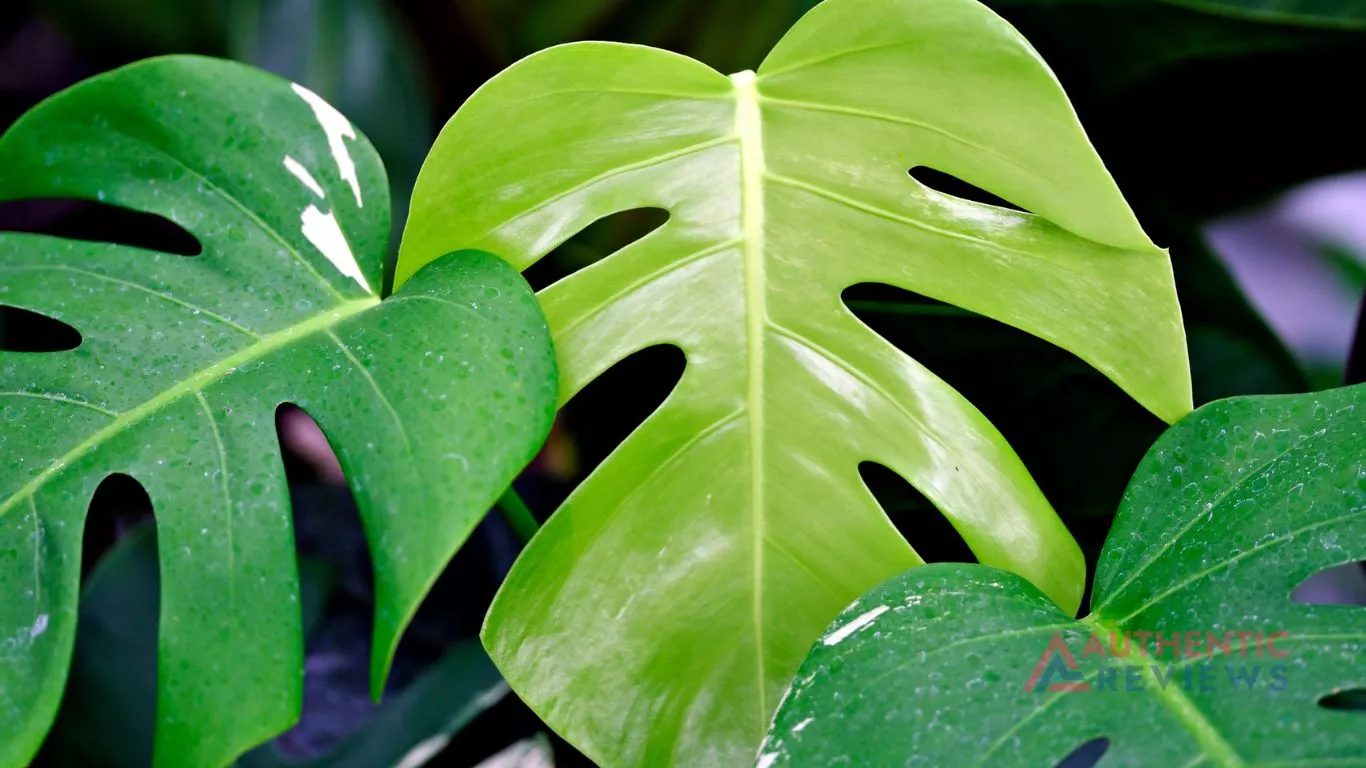
Conclusion
To reduce the risk of overwatering your Monstera deliciosa, there are many great varieties of good potting soil mix. Incorporating gravel or stones in a container is an option, but watch out for drainage issues. The peat moss potting soil recipe is recommended; for this, mix peat moss with coarse sand or perlite to increase aeration in the soil, which promotes root growth. Some sources recommend orchid soil, but I don’t recommend it because it can lead to overwatering and root rot.
Read Also about the Dandelion Killers
Frequently Asked Questions
Some sources recommend using monstera cactus soil because it is well-drained; however, that could result in problems with over-watering. If you want to use cactus soil (and I don’t recommend it), make sure you check the top of the soil daily and only water it enough to keep it from wilting or becoming dry to the touch. If it gets soggy, remove some of the soil immediately.
Monstera deliciosa should be repotted when the roots become crowded and the plant is pot-bound. It is probably ready to be repotted in either coarser soil or a larger container if you have a thin, wiry root system. Use a pot with good drainage holes, add some coarse sand on top of the old potting soil mixture, put the Monstera deliciosa in the hole, and then fill it with soil.
If you want to improve the soil quality in your pot, there are many different ways to do so. You can use composting, vermicomposting, or simply add fertilizer.




